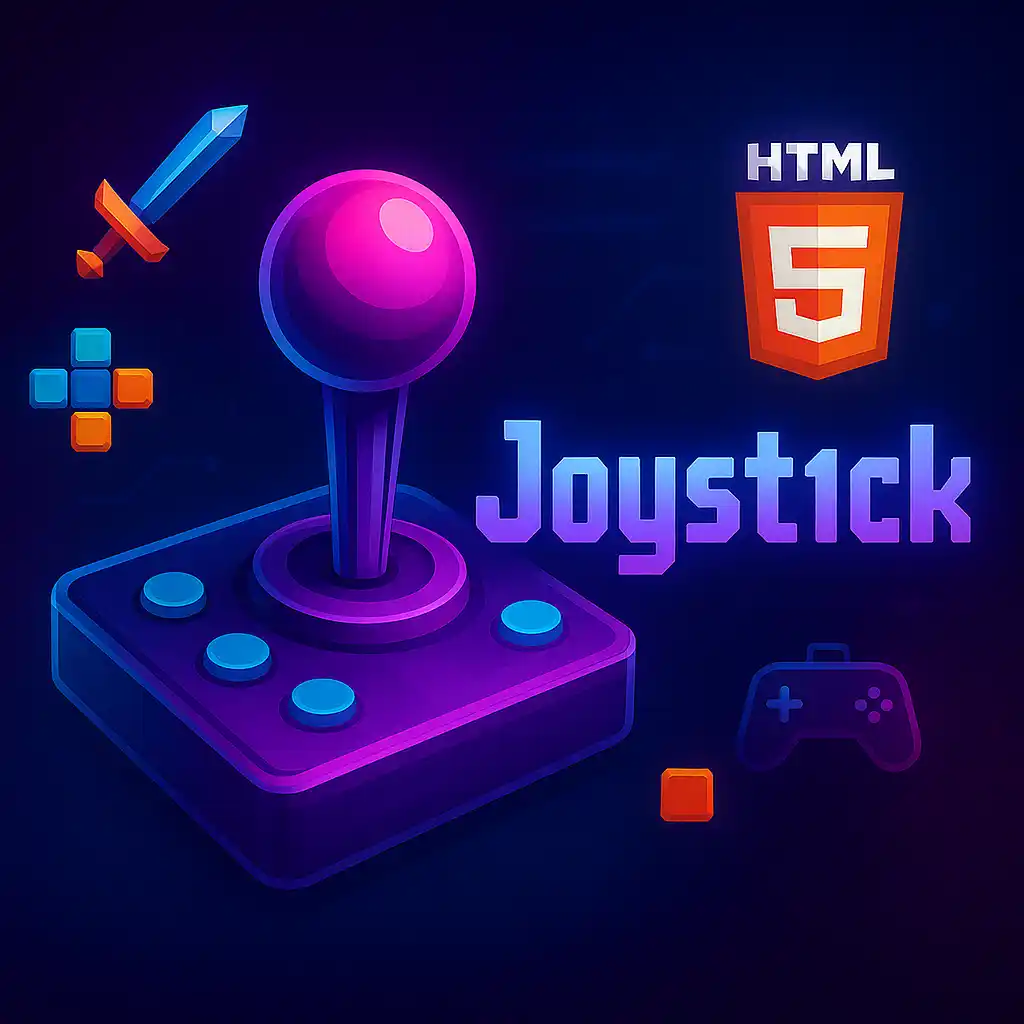Table of Contents
Who this is for: Block Blast players frustrated by seemingly unfair defeats and wanting to understand the game’s mechanics.
Ready to jump in? Play block blast games and put these strategies to the test!
Play free games on Playgama.com
The Algorithm Behind Block Blast’s “Random” Defeats
Block Blast doesn’t actually cause random defeats – what feels random is actually the game’s carefully designed difficulty scaling system. The game uses an adaptive algorithm that monitors your performance and adjusts piece sequences to maintain engagement while gradually increasing challenge.
How the Piece Generation System Works
The game tracks several metrics including your current score, consecutive successful placements, and average game duration. When you’re performing well, the algorithm begins introducing more challenging piece combinations. This isn’t truly random – it’s a calculated response to keep you in what game designers call the “flow state.”
Common Scenarios That Feel Like Sabotage
- The 3000+ Score Wall: Many players notice defeats around 3000-4000 points because this is where the algorithm significantly ramps up difficulty
- Awkward L-Shapes: The game increases the frequency of difficult-to-place pieces when you’ve been clearing lines efficiently
- No Small Pieces: After successful streaks, you’ll receive fewer single blocks and more complex shapes
- Corner Traps: The system deliberately provides pieces that force you into tight corner situations
Why This Design Exists
This isn’t malicious programming – it’s intentional game design meant to create tension and prevent games from becoming too predictable. The algorithm ensures that:
- Games don’t last indefinitely
- Players experience both success and challenge
- Each session feels unique despite using the same core mechanics
Strategies to Work With the System
| Strategy | Why It Helps |
|---|---|
| Leave strategic gaps | Provides flexibility when difficult pieces arrive |
| Don’t clear every possible line | Keeps the algorithm from escalating too quickly |
| Plan for worst-case pieces | Anticipate L-shapes and large blocks in your layout |
| Reset when frustrated | Starting fresh can reset the difficulty curve |
Understanding that Block Blast’s challenge system is designed rather than random can help you develop better strategies and enjoy the experience of testing your puzzle-solving skills against increasingly clever obstacles.
TL;DR
Block Blast uses an adaptive algorithm that increases difficulty based on your performance, making defeats feel random when they’re actually calculated responses to your success.
